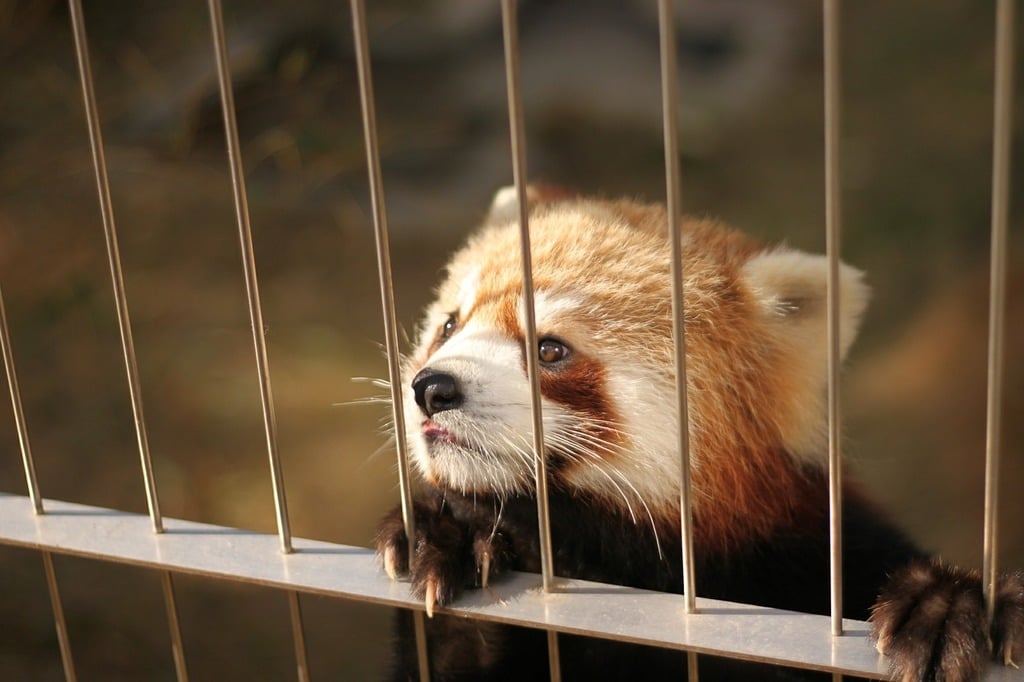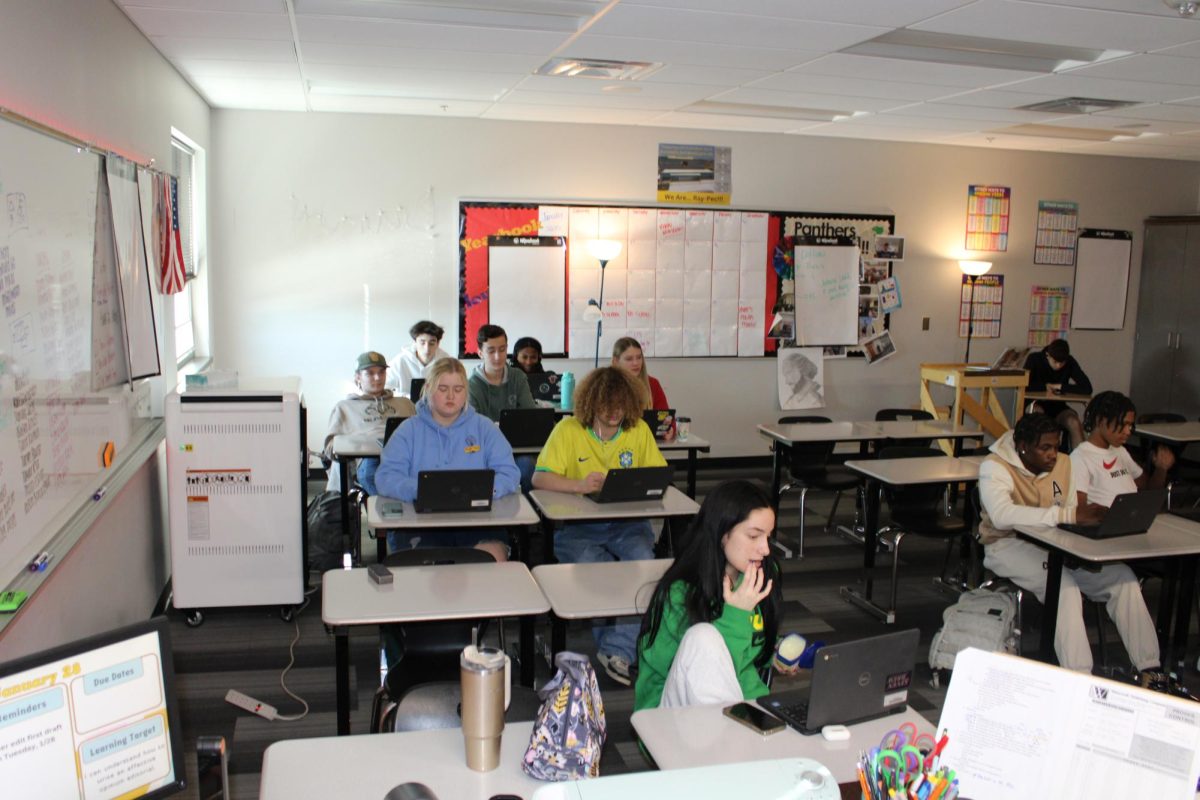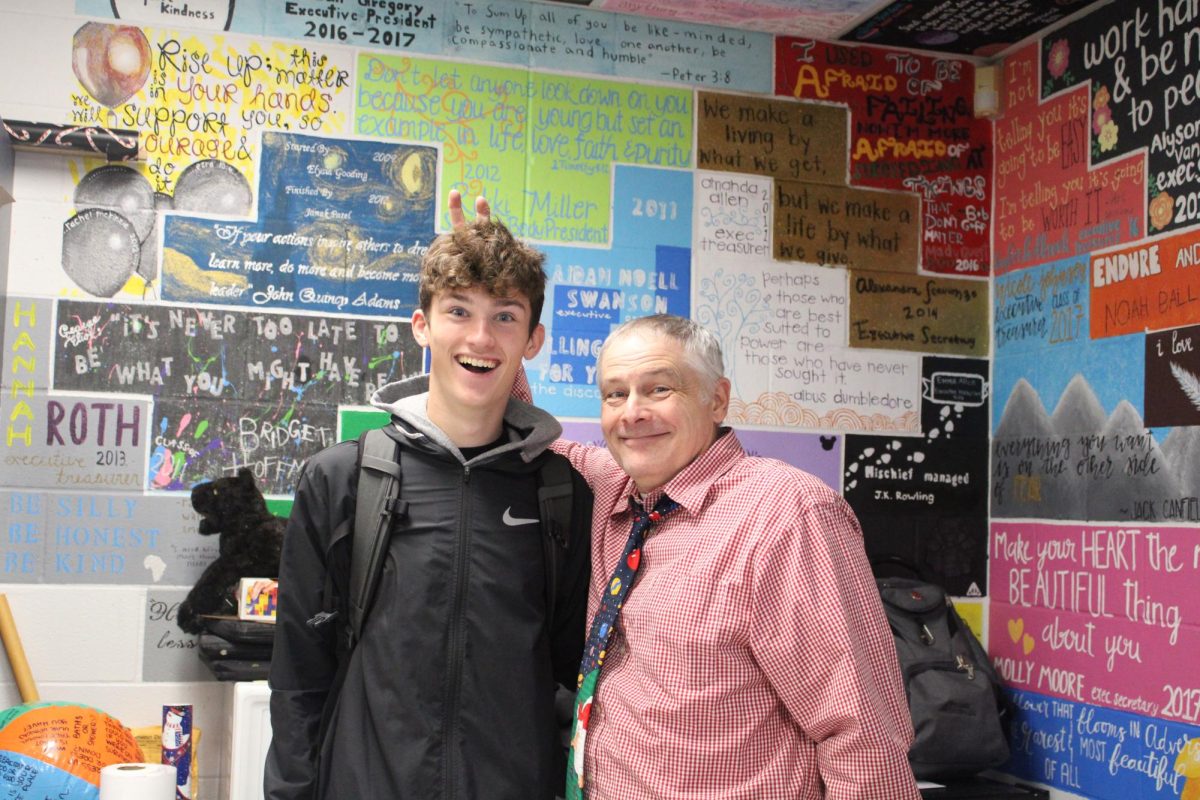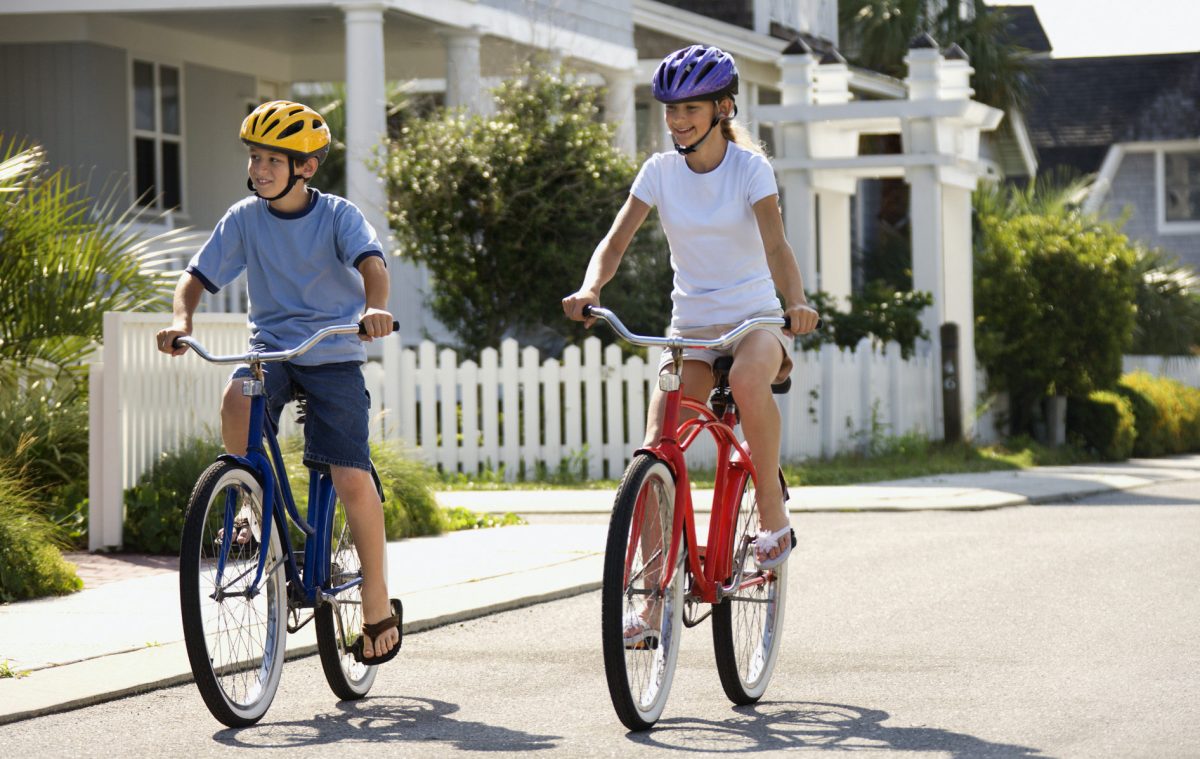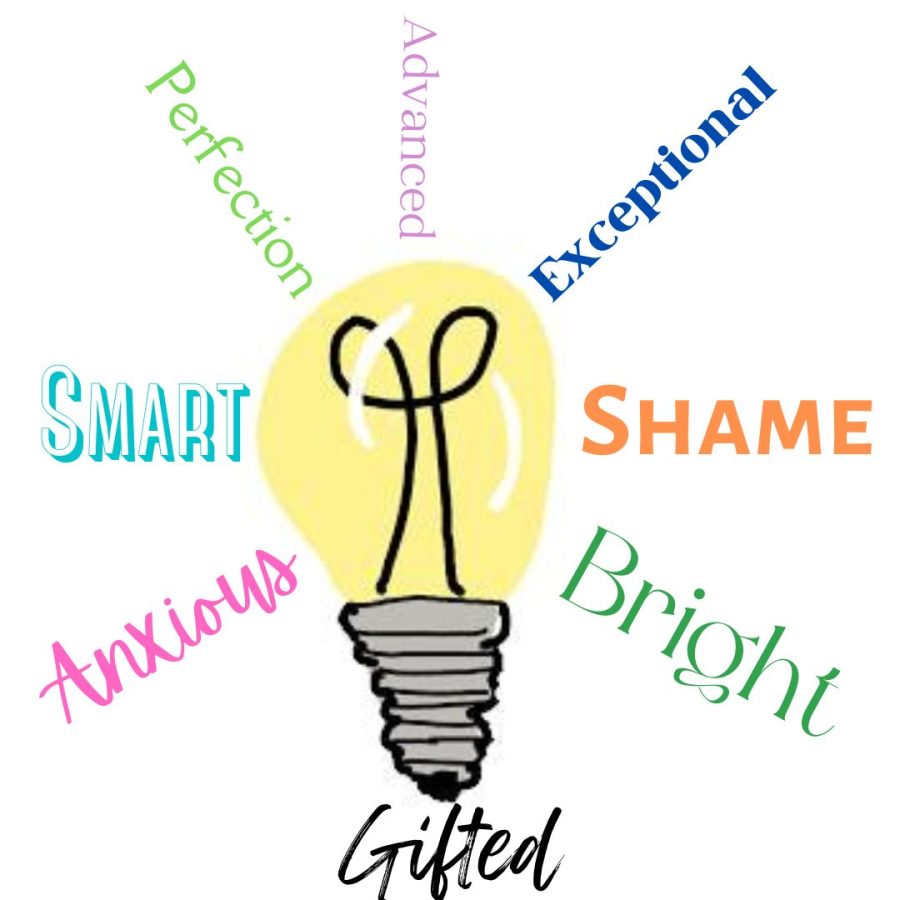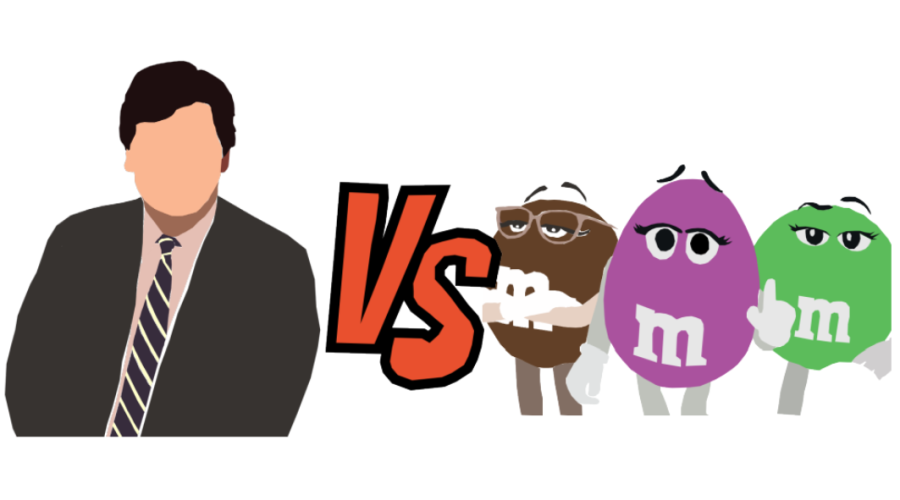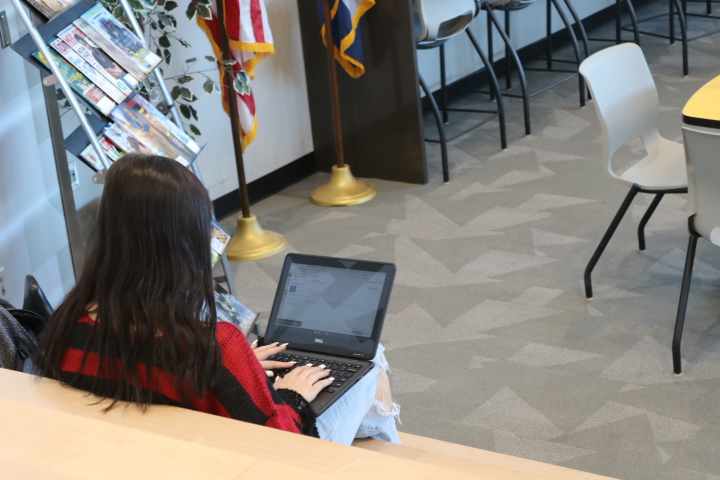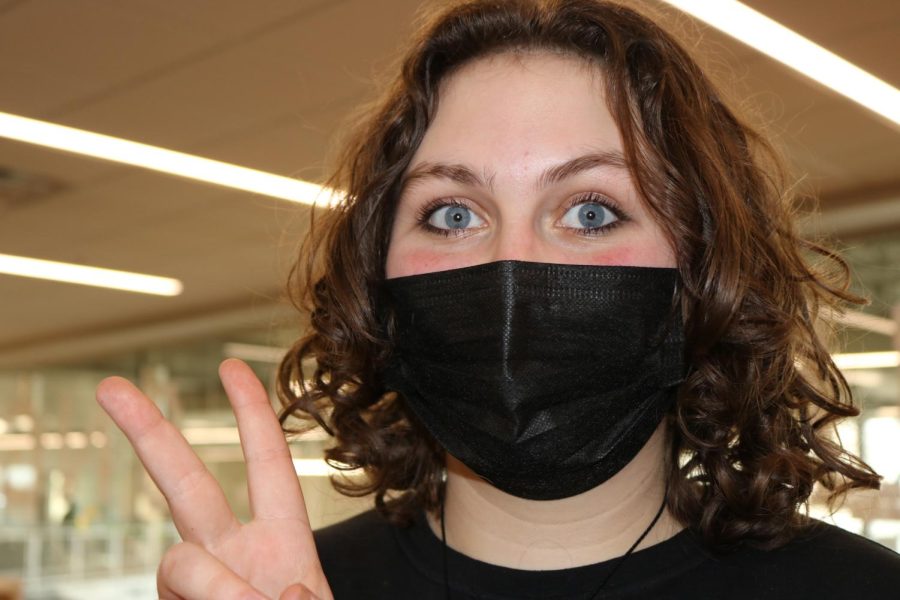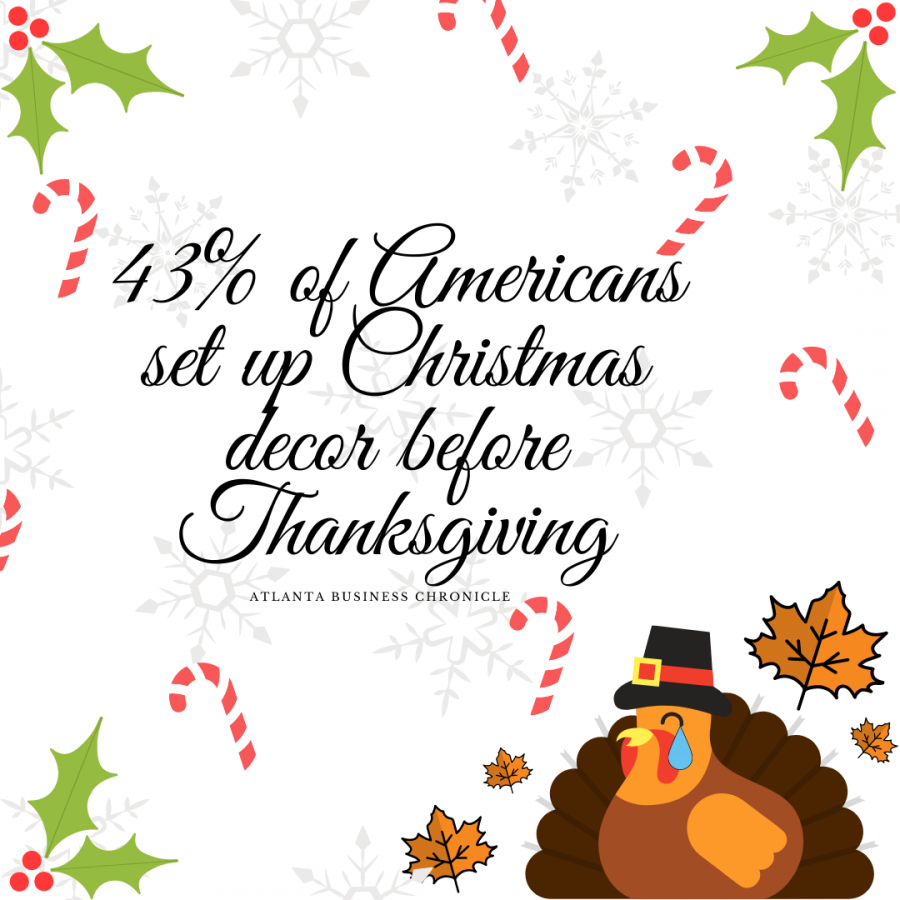How often do you go to the zoo and wonder, “What do the animals think of this?” For a long time, zoos have been viewed as a fun experience for families and a nice way to create memories; however just because people are having a good time, doesn’t mean the animals are. Zoos are extremely isolating for animals and cause lifelong destruction of their survival skills. Forcing them to stay in small enclosures and not live their lives out in the wild with natural instincts sets them up for complete failure if they were to see the wild again.
Being cooped up in an enclosure teaches the animals bad habits. A climate organization, Sentientmedia.org is one that agrees with this claim.
“Many zoos’ enclosures are too small, especially for animal species that are used to roaming, flying or swimming large distances in the wild,” cited the organization.
They learn habits humans teach them rather than learning from their own species out in the wild. For example, if you are a cub born in the zoo, you will never get the chance to learn natural instincts such as self defense, hunting, and leading a family. If the animal/s were to eventually be released into the wild they won’t know how to survive because they never got to learn natural survival skills from their parents. Animals are often seen pacing, looking stressed, swaying, bar-biting and more because of stress caused by these enclosures. An animal activist site, Idausa.org, speaks on the conditions animals gain while in captivity.
“Zoochosis is displayed through a wide variety of diverse stereotypical behaviors,” said the organization. Keeping them isolated from their home can only cause harm for the animals.
Also, animals won’t be able to interact with their own species. When animals are at zoos, they are very limited to how much they can see.
“Zoos do not provide animals with the social companionship that animals need to be happy,” cited Idausa.org.
Being with their own species is how they learn simple survival skills. Being with their own species also allows them to learn more about themselves and keep them interactive with their pack. In zoos, they are around at most three other animals of the same species. Other animals are completely alone and have no animal of the same species around them to keep them company or teach them anything. If an animal is also by itself, it will never get to reproduce and have its own family/pack of its own. These species thrive by reproducing.
Last, they are brought out of their homes to be on display. No animal is naturally found in a zoo unless they are born there because their parents were brought there. The parents brought out of their homes into captivity go into a dark metal hole because they are surrounded by different things, and can no longer live for themselves. These animals have never even seen where they are meant to live, so if they were ever released they will mentally and physically not know how to take care of themselves. Animals are kidnapped from their homes where they are not causing any harm, and they are placed into captivity. “The way animals initially find themselves in zoos is that they are kidnaped from nature and then brought to zoos,” said Idausa.org.
Younger animals are normally found to be “cuter” and “more admirable” than older animals. Zoos will go out looking for babies, but out of natural defense the parents will become upset and that is where hunters come in. Innocent animals are losing their lives because zoos want to keep their children on display. Zoos are extremely harmful to animals because their mental health can be permanently destroyed. No animal will choose to be on display for all to see instead of being in the wild with their species. The effects of zoos on animals are harmful and should be stopped before other species continue to lose their lives.
Zoos vs. Animal’s Rights
Matylda Schnarr, Staffer
February 14, 2025
0
More to Discover


